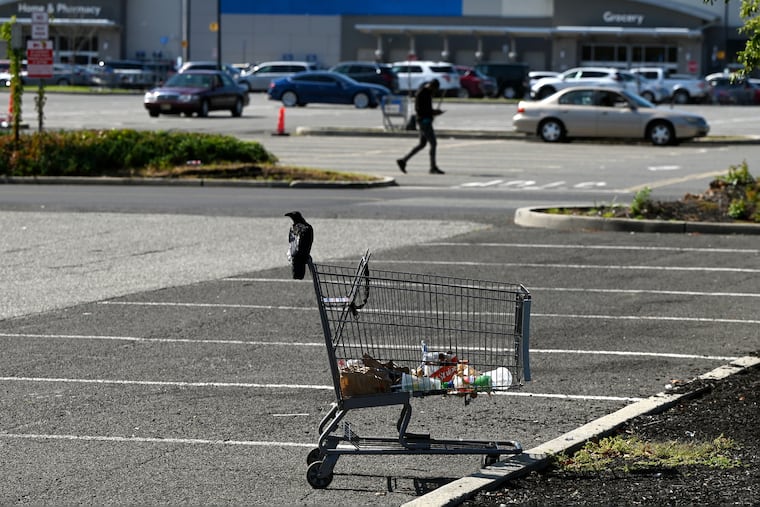NYPD drones track subway surfer and suspect at crime scene, raising concerns about privacy implications.
The New York Police Department (NYPD) has recently intensified its use of drone technology in an effort to enhance public safety, particularly in urban areas such as the subway system. The deployment of drones has generated a notable discussion on their efficacy and implications for privacy. Videos released by the NYPD showcase a drone capturing footage of a person engaging in dangerous behavior on a subway car, as well as another individual who was observed collecting shell casings from a rooftop. According to the NYPD, such footage exemplifies how drones can function as valuable assets in law enforcement.
The NYPD asserts that the integration of drones into emergency response protocols can be a lifesaver in high-risk situations. The department has stated that drones facilitate immediate responses to incidents and provide critical support to officers on the ground. The NYPD has emphasized its commitment to using innovative technologies to ensure the safety of New Yorkers.
Despite the stated benefits, critics voice skepticism regarding the practical application of drones in urban policing. Many detractors are concerned that drones serve more as a novelty than a genuine enhancement of public safety and highlight a lack of consideration for privacy issues associated with aerial surveillance. Albert Fox Cahn, head of the Surveillance Technology Oversight Project, acknowledges that drones have potential in specific scenarios, such as water rescues, but argues that existing surveillance measures, including cameras, are sufficient for monitoring activities like subway surfing. Cahn contends that investing in drone technology represents a misallocation of taxpayer resources and could lead to misuse.
The NYPD has initiated a pilot program involving five precincts where drones are deployed alongside patrol officers in response to select 911 calls. This strategy aims to capitalize on the drones’ ability to reach incidents more swiftly than traditional police vehicles. In the first half of the year, drones reportedly assisted law enforcement in apprehending 31 individuals engaged in subway surfing activities.
One notable incident involved a drone capturing footage of an individual, identified as Isaiah Thompson, riding on the exterior of a J train. The drone tracked Thompson until he was detained by plainclothes officers. Another case featured a drone monitoring Lawrence Taylor, who was found tampering with evidence on a rooftop after a ShotSpotter alert indicated potential gunfire in the area.
While the NYPD maintains that it is addressing concerns regarding privacy and the potential for over-policing, civil rights advocates urge the department to tread carefully. Discussions around drone usage underscore the ongoing balancing act between enhancing public safety and protecting individual privacy rights in an increasingly surveilled society. The NYPD has expressed its intention to collaborate with community organizations to navigate these complex challenges and uphold the principles of civic engagement and transparency.







